ICT Implementation and Its Effect on Public Organizations: The Case of Digital Customs and Risk Management in Korea
Abstract
1. Introduction
2. Technology Adoption in Public Organizations
2.1. ICT Implementation and Organizational Effectiveness
2.2. E-Government Implementation and Public Engagement
2.3. Digital Technologies and Government Transformation
3. Dynamic Stage Model of ICT Implementation
- Initiation stage: Due to organizational need (demand-pull) and/or technological innovation (technology-push), organizations scan their problems and opportunities (actively and/or passively) to come up with ICT solutions [3,5]. This results in finding a matching ICT solution and application for the organization.
- Adoption stage: Rational and political negotiations take place within the organization to build support for ICT implementation. Successful negotiations lead to decisions to invest necessary resources for the adoption of relevant ICT applications.
- Adaptation stage: The ICT application is developed, adopted, and maintained. Organizational procedures and rules are revised and developed accordingly. Potential users, including individuals within and outside the organization, are informed about the new procedures and rules. Education and training programs on the use of the new applications are provided to organizational members and interested external entities. As a result, the ICT application and related services are ready for use.
- Acceptance stage: The organizational members and external entities are encouraged to use the ICT applications. As a result, organizational members and external entities begin to use ICT applications for work.
- Routinization stage: The organizational members and external entities familiarize themselves with the ICT applications; the use of ICT applications becomes routinized as part of regular work activities.
- Infusion stage: Infusion is “the degree to which information technology has penetrated a company in terms of importance, impact, or significance” [34]. The ICT application is used in a comprehensive and integrated way so that organizational effectiveness is maximized, thus achieving the maximum use of the ICT application to its fullest potential. An organization with a high degree of infusion is expected to find the ICT application crucial to its operation.
- Intelligence stage: The organization and application users plan and prepare for future uncertainty and risk. Capacity to respond to unexpected events are discussed and incorporated within the ICT application to enhance flexibility, adaptability, and problem-solving functions within the organization. Non-routine tasks that were previously executed by people are augmented or even replaced by new technology (e.g., artificial intelligence, big data, Internet of Things) [16]. When this stage leads to the initiation of a new ICT implementation process, it concludes the previous ICT implementation cycle and initiates a new cycle, thus resulting in the formulation of a sustainable virtuous circle.
- Organization: Organizational characteristics such as specialization, centralization, and formalization are known to affect the implementation of technology within an organization [4]. The managerial support and leaders’ risk-taking propensity also matter as these factors could greatly facilitate the adoption process. Other important organizational characteristics include capacity (e.g., financial), commitment and effort towards ICT implementation, organizational culture (e.g., routineness, openness), sector, and size of the organization.
- Environment: Environmental factors such as the market, uncertainty, inter-organizational dependency, and geographical location are also known to affect ICT implementation.
- User community: Since ICT implementation can be greatly facilitated or hindered by how the user community perceives the change in their work, the users’ job tenure, education, and preferences (e.g., use of technology, resistance to change) are some of the key user characteristics that should be considered.
- Adopted technology: The complexity and design of the adopted technology is another major factor that would affect the implementation process. Successful implementation of ICT applications would be assured with good designs and easy-to-use applications.
- Task to which the technology is being applied: The success of ICT implementation is also affected by what type of tasks they are applied to. The ICT applications should take into account the uncertainty involved in the tasks, the variety of tasks covered, and the autonomy and responsibility imposed on the individuals that perform the task.
4. Methods: Case Study Approach
5. Results
5.1. Customs and Risk Management
- Establishing the context: This step involves defining the risks, scopes, objectives, criteria, resources, environment, and other necessary terms for risk management.
- Risk identification: Identification of the potential risk continuum (including risk sources, events, causes, and potential consequences) is a prerequisite for risk analysis and treatment.
- Risk analysis: Risk analysis involves quantitative assessment of the risks, the likelihood of occurrence, and their consequences which help understand the nature of the risk and determine the level of risk.
- Risk evaluation and prioritization: Based on prearranged criteria, risks are sorted by their risk level and high risks are prioritized for further examination.
- Risk treatment: The identified risks are handled differently based on the situation. In most of the cases, risks are treated with appropriate mitigation control measures and actions or tolerated if they can be managed with existing controls. Customs may also decide to transfer the risk to other parties (e.g., another law enforcement agency, a subcontractor) or avoid the risk by terminating the activities that would lead to such risk.
- Monitoring and review: The risk management framework, risk management process, risk, and control measures should all be closely monitored and reviewed.
- Documentation, communication, and consultation: Whenever necessary, customs administrations should document, communicate, and consult with relevant stakeholders to ensure accountability and transparency of the risk management process.
5.2. Digital Customs and Risk Management at the Korea Customs Service
5.3. Trend of Customs and Risk Management Outcomes
6. Discussion
Author Contributions
Funding
Acknowledgments
Conflicts of Interest
References
- World Customs Organization. WCO Customs Risk Management Compendium; WCO: Brussels, Belgium, 2011. [Google Scholar]
- Cooper, R.B.; Zmud, R.W. Information Technology Implementation Research: A Technological Diffusion Approach. Manag. Sci. 1990, 36, 123–139. [Google Scholar] [CrossRef]
- Welch, E.W.; Pandey, S.K. E-government and Bureaucracy: Toward a Better Understanding of Intranet Implementation and its Effect on Red Tape. J. Public Adm. Res. Theory 2006, 17, 379–404. [Google Scholar] [CrossRef]
- Welch, E.W.; Feeney, M.K. Technology in Government: How Organizational Culture Mediates Information and Communication Technology Outcomes. Gov. Inf. Q. 2014, 31, 506–512. [Google Scholar] [CrossRef]
- Moon, M.; Bretschneider, S. Does the Perception of Red Tape Constrain IT Innovativeness in Organizations? Results from Simultaneous Equation Model and Implications. J. Public Adm. Res. Theory 2002, 11, 327–352. [Google Scholar] [CrossRef]
- World Customs Organization. Customs and the UN 2030 Agenda for Sustainable Development. Available online: http://www.wcoomd.org/ru-ru/topics/key-issues/customs-in-support-of-sdgs.aspx (accessed on 17 March 2020).
- World Customs Organization. Customs’ Role in Achieving Sustainable Development Goals; WCO: Brussels, Belgium, 2018. [Google Scholar]
- Luna-Reyes, L.F.; Gil-Garcia, J.R. Digital Government Transformation and Internet Portals: The Co-evolution of Technology, Organizations, and Institutions. Gov. Inf. Q. 2014, 31, 545–555. [Google Scholar] [CrossRef]
- Bozeman, B. Bureaucracy and Red Tape; Prentice Hall: Upper Saddle River, NJ, USA, 2000. [Google Scholar]
- Kim, H.J.; Pan, G.; Pan, S.L. Managing IT-enabled Transformation in the Public Sector: A Case Study on E-government in South Korea. Gov. Inf. Q. 2007, 24, 338–352. [Google Scholar] [CrossRef]
- Gibreel, O.; Hong, A. A Holistic Analysis Approach to Social, Technical, and Socio-Technical Aspect of E-Government Development. Sustainability 2017, 9, 2181. [Google Scholar] [CrossRef]
- Joshi, P.; Islam, S. E-Government Maturity Model for Sustainable E-Government Services from the Perspective of Developing Countries. Sustainability 2018, 10, 1882. [Google Scholar] [CrossRef]
- Lee, J.; Kim, B.; Park, S.; Park, S.; Oh, K. Proposing a Value-Based Digital Government Model: Toward Broadening Sustainability and Public Participation. Sustainability 2018, 10, 3078. [Google Scholar] [CrossRef]
- Myeong, S.; Kwon, Y.; Seo, H. Sustainable E-governance: The Relationship Among Trust, Digital Divide, and E-government. Sustainability 2014, 6, 6049–6069. [Google Scholar] [CrossRef]
- Andersen, K.N.; Henriksen, H.Z.; Medaglia, R.; Danziger, J.N.; Sannarnes, M.K.; Enemærke, M. Fads and Facts of E-government: A Review of Impacts of E-government (2003–2009). Int. J. Public Adm. 2010, 33, 564–579. [Google Scholar] [CrossRef]
- Organisation for Economic Co-operation and Development. Recommendation of the Council on Digital Government Strategies; OECD: Paris, France, 2014. [Google Scholar]
- Organisation for Economic Co-operation and Development. Strengthening Digital Government; OECD: Paris, France, 2019. [Google Scholar]
- Chung, C.-S.; Kim, S.-B. A Comparative Study of Digital Government Policies, Focusing on E-Government Acts in Korea and the United States. Electronics 2019, 8, 1362. [Google Scholar] [CrossRef]
- Corydon, B.; Ganesan, V.; Lundqvist, M. Digital by Default: A Guide to Transforming Government; McKinsey & Company: New York, NY, USA, 2016. [Google Scholar]
- Kim, S.-B. Political Engagement of Social Media Users in Korea. Korea Obs. 2019, 50, 587–618. [Google Scholar] [CrossRef]
- Organisation for Economic Co-operation and Development. Digital Government Review of Norway: Boosting the Digital Transformation of the Public Sector; OECD: Paris, France, 2017. [Google Scholar]
- Organisation for Economic Co-operation and Development. Digital Government Review of Brazil: Towards the Digital Transformation of the Public Sector; OECD: Paris, France, 2018. [Google Scholar]
- Organisation for Economic Co-operation and Development. The Digital Transformation of the Public Sector: Helping Governments Respond to the Needs of Networked Societies; OECD: Paris, France, Forthcoming.
- Welby, B. The Impact of Digital Government on Citizen Well-Being; OECD: Paris, France, 2019. [Google Scholar]
- Organisation for Economic Co-operation and Development. The Digital Government Framework; OECD: Paris, France, Forthcoming.
- Fountain, J.E. Building the Virtual State: Information Technology and Institutional Change; Brookings Institution Press: Washington, DC, USA, 2004. [Google Scholar]
- Fountain, J.E. Prospects for the Virtual State; Institute of Developing Economies/Jetro: Chiba, Japan, 2004. [Google Scholar]
- Jaeger, P.T.; Bertot, J.C. Transparency and Technological Change: Ensuring Equal and Sustained Public Access to Government Information. Gov. Inf. Q. 2010, 27, 371–376. [Google Scholar] [CrossRef]
- Kraemer, K.; King, J.L. Information Technology and Administrative Reform: Will E-government be Different? Int. J. Electron. Gov. Res. 2006, 2, 1–20. [Google Scholar] [CrossRef]
- Luna-Reyes, L.F.; Gil-Garcia, J.R. Using Institutional Theory and Dynamic Simulation to Understand Complex E-government Phenomena. Gov. Inf. Q. 2011, 28, 329–345. [Google Scholar] [CrossRef]
- Mourtada, R.R.; Habib, S.; Felden, F.; Turpitz, A.; Carrasco, M. How to Supercharge Your National Digital Transformation; The Boston Consulting Group: Boston, MA, USA, 2018. [Google Scholar]
- Kwon, T.H.; Zmud, R.W. Unifying the Fragmented Models of Information Systems Implementation. In Critical Issues in Information Systems Research; John Wiley & Sons, Inc.: NewYork, NY, USA, 1987; pp. 227–251. [Google Scholar]
- Zmud, R.W.; Apple, L.E. Measuring Information Technology Infusion. Unpublished Work. 1989; 123–139. [Google Scholar]
- Sullivan, C.H., Jr. Systems Planning in the Information Age. Sloan Manag. Rev. 1985, 26, 3. [Google Scholar]
- Tornatzky, L.G.; Fleischer, M. The Process of Technological Innovation; Lexington Books: Washington, WA, USA, 1990. [Google Scholar]
- Yin, R. Case Study Research: Design and Methods; Sage Publications: Thousand Oaks, CA, USA, 1994. [Google Scholar]
- Walsham, G. Interpretive Case Studies in IS research: Nature and Method. Eur. J. Inf. Syst. 1995, 4, 74–81. [Google Scholar] [CrossRef]
- Klein, H.K.; Myers, M.D. A Set of Principles for Conducting and Evaluating Interpretive Field Studies in Information Systems. Mis Q. 1999, 23, 67–94. [Google Scholar] [CrossRef]
- Gillham, B. Case Study Research Methods; Bloomsbury Publishing: London, UK, 2000. [Google Scholar]
- World Customs Organization. The Revised Kyoto Convention General Annex Chapter 6 Customs Control; WCO: Brussels, Belgium, 1999. [Google Scholar]
- International Organization for Standardization. ISO 31000:2018 Risk Management—Guidelines; ISO: Geneva, Switzerland, 2018. [Google Scholar]
- International Organization for Standardization. ISO 31000:2009 Risk Management—Guidelines; ISO: Geneva, Switzerland, 2009. [Google Scholar]
- Korea Customs Service. Gwan-sae-chung, wi-hum-gwan-ri up-mu-chae-jae bon-kyuk shil-shi [Korea Customs Service launch risk management system]. Press Release, 26 February 2000. [Google Scholar]
- Korea Customs Service. Gwan-sae-haeng-jung tong-hab-jung-bo-system bon-kyuk ga-dong gae-shi [Customs Data Warehouse system launched. Press Release, 17 August 2002. [Google Scholar]
- Korea Customs Service. Gwan-sae-chung, jung-bu-ki-kwan chwae-cho-ro tong-hab-jung-bo-system gu-chuk wan-ryo [Korea Customs Service is the first government entity to install an integrated information system (Customs Data Warehouse)]. Press Release, 23 September 2003. [Google Scholar]
- Korea Customs Service. Gwan-sae-chung-eui blue ocean, tong-hab-jung-bo-system-eui hwaek-gi-juk sung-gwa gu-yang [Groundbreaking outcomes of the integrated information system (Customs Data Warehouse), Korea Customs Service’s blue ocean]. Press Release, 14 November 2005. [Google Scholar]
- Korea Customs Service. Gwan-sae-chung, tong-hab-jung-bo-system-eu-ro bul-bub-bu-jung-mo-yuk hyo-kwa-juk cha-dan [Korea Customs Service uses integrated information system (Customs Data Warehouse) to effectively prevent illegal trade]. Press Release, 31 March 2003. [Google Scholar]
- Korea Customs Service. Gwan-sae-chung, 2001-nyun ma-yak-mil-su gae-chung-i-rae chwae-dae juk-bal [Drug seizure in 2001 records the largest in Korea Customs Service’s history]. Press Release, 30 January 2002. [Google Scholar]
- Korea Customs Service. Gwan-sae-chung, tong-hab-wi-hum-gwan-ri-system gu-chuk wan-ryo [Korea Customs Service completes installation of the integrated risk management system]. Press Release, 22 December 2009. [Google Scholar]
- Korea Customs Service. Gwan-sae-chung, tong-hab-wi-hum-gwan-ri-system gu-chuk wan-ryo [Korea Customs Service completes installation of the integrated risk management system]. Press Release, 20 December 2011. [Google Scholar]
- CUPIA. UNI-PASS: A Comprehensive Customs System that Enhances Customs Administration. Available online: http://unipass.or.kr/unipass-introduction/ (accessed on 22 March 2019).
- Korea Customs Service. Terror, ma-yak deung cha-dan wi-hae gwan-sae-gook-kyung wi-hum-gwan-ri jun-dam jo-jik shin-sul [Customs Border Risk Management Center established to prevent terrorism and drug trafficking]. Press Release, 6 March 2017. [Google Scholar]
- Korea Customs Service. Gwan-sae-chung, big-data-in-gong-ji-neung-eu-ro der jung-gyo-hae-jin smart sun-byul shi-dae yun-da [Korea Customs Service opens the era of smart cargo selectivity with big data and artificial intelligence]. Press Release, 20 December 2017. [Google Scholar]
- Korea Customs Service. Guide to Customs Administration—Investigation/Surveillance. Available online: http://www.customs.go.kr (accessed on 22 March 2019).
- Korea Customs Service. Ma-yak-ryu joong-gye-mil-soo mit shin-jong-ma-yak mil-soo cha-dan kang-hwa [Reinforcement of preventing illegal drug transit and trafficking of new drugs]. Press Release, 27 March 2015. [Google Scholar]
- Korea Customs Service. 2015-nyun Gwan-sae-chungma-yak juk-bal-lyang jun-nyun-dae-bi 28% jeung-ga [Korea Customs Service’s drug seizure in 2015 shows 28% increase from the previous year]. Press Release, 18 February 2016. [Google Scholar]
- Korea Customs Service. Ji-nan hae ma-yak-ryu juk-bal-gun-soo yuk-dae chwae-go-chi gi-rok [Largest drug seizure recorded last year]. Press Release, 30 January 2018. [Google Scholar]
- Korea Customs Service. Gwan-sae-chung, 2018-nyun ma-yak-ryu mil-soo-dan-sok dong-hyang mit dae-chaek bal-pyo [Korea Customs Services announces 2018 illegal drug trafficking trend and countermeasures]. Press Release, 24 January 2019. [Google Scholar]
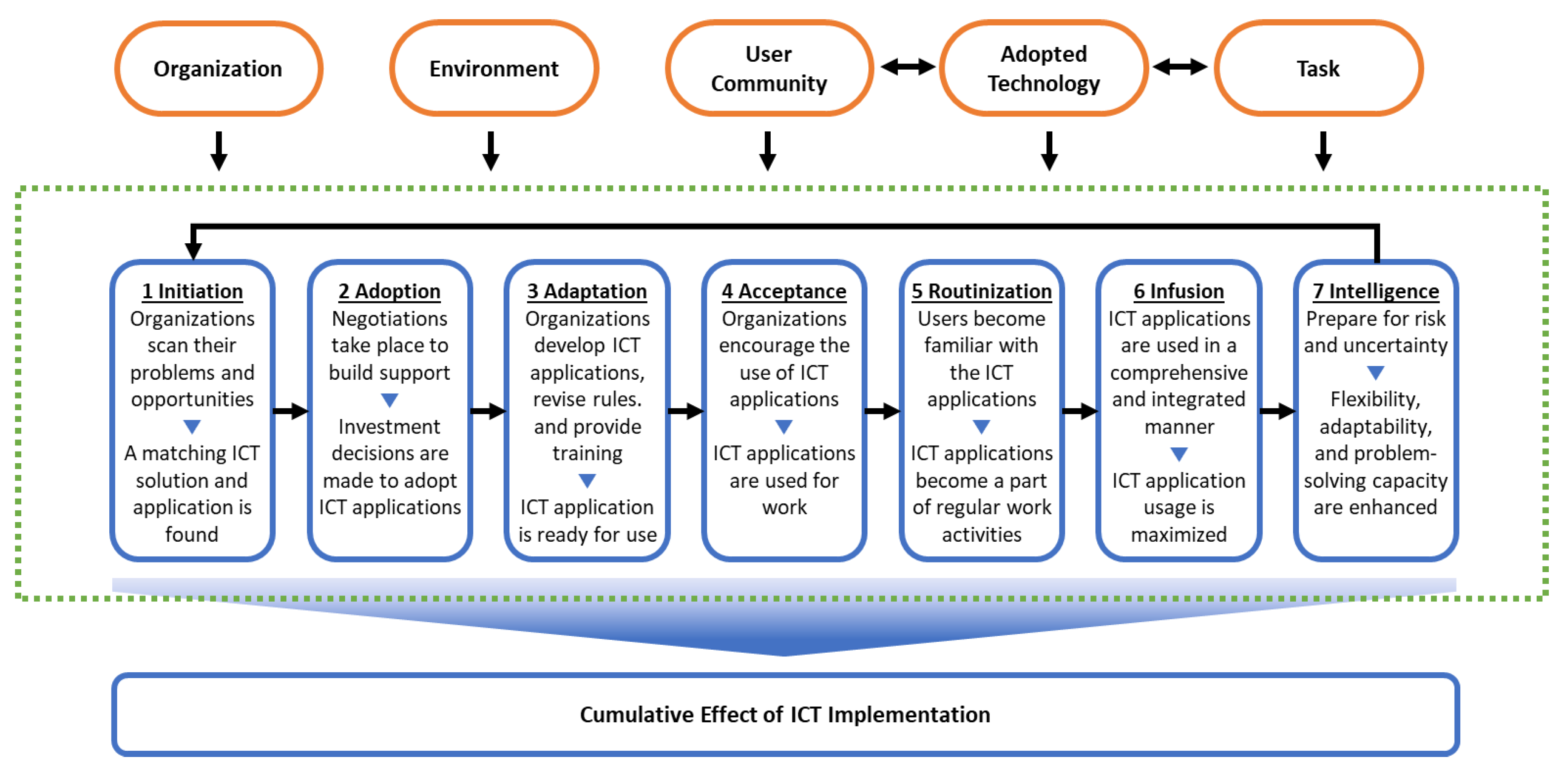
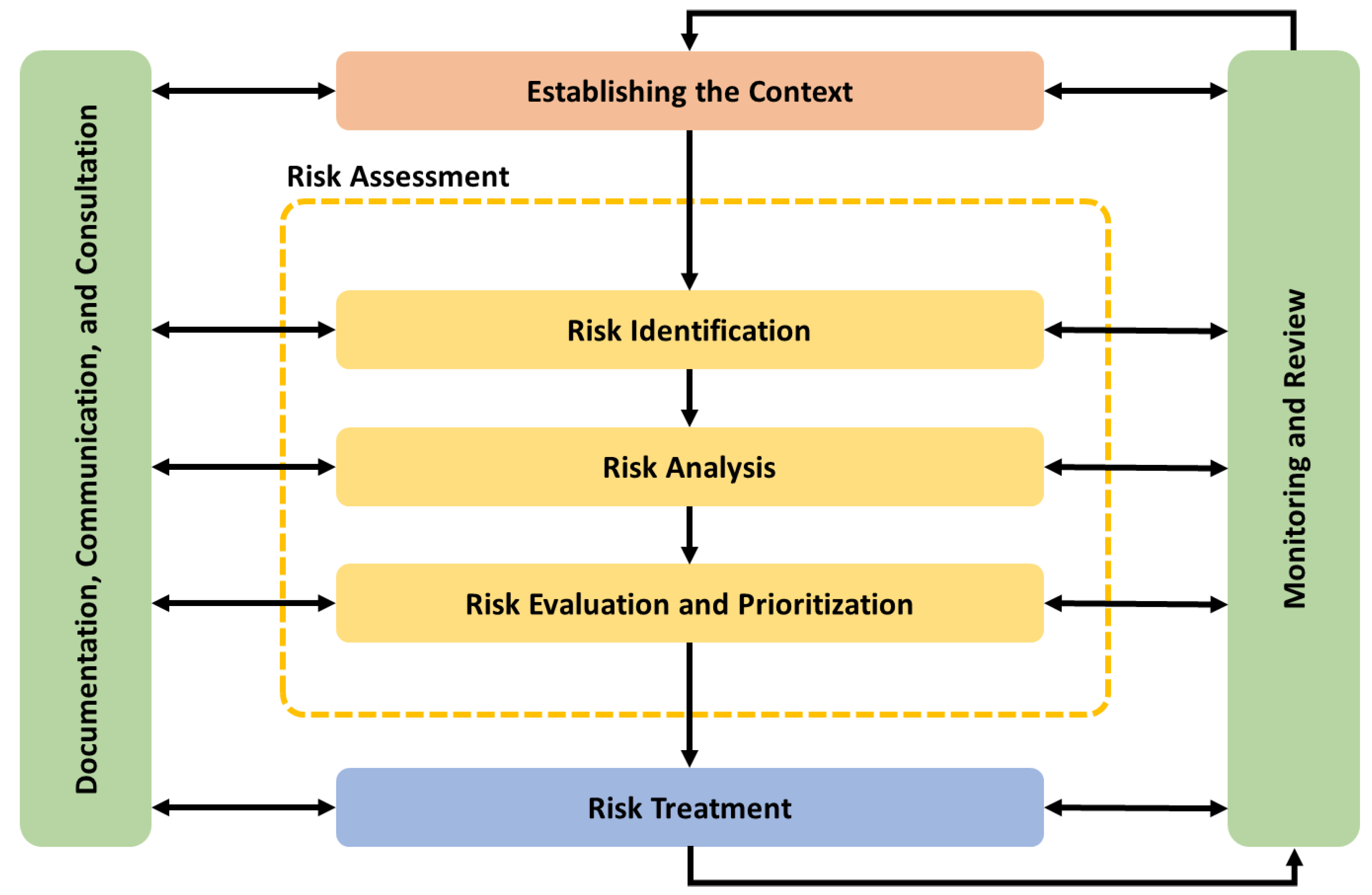
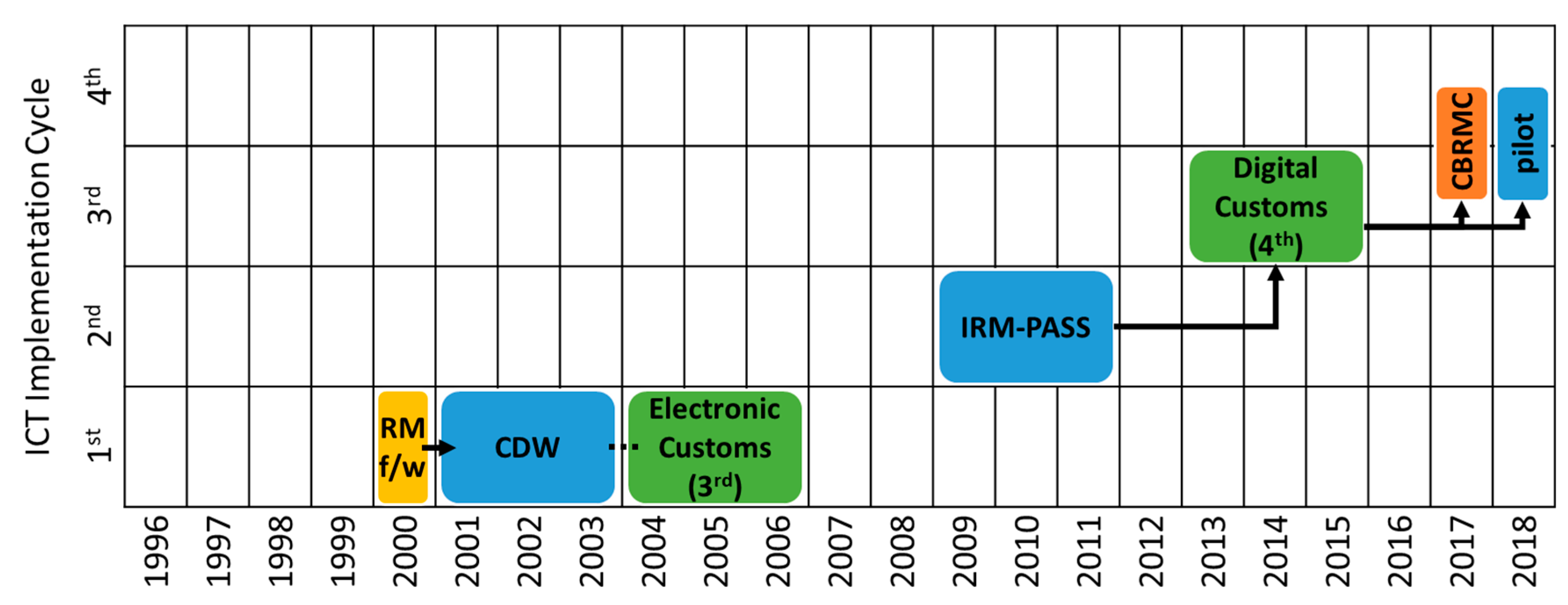
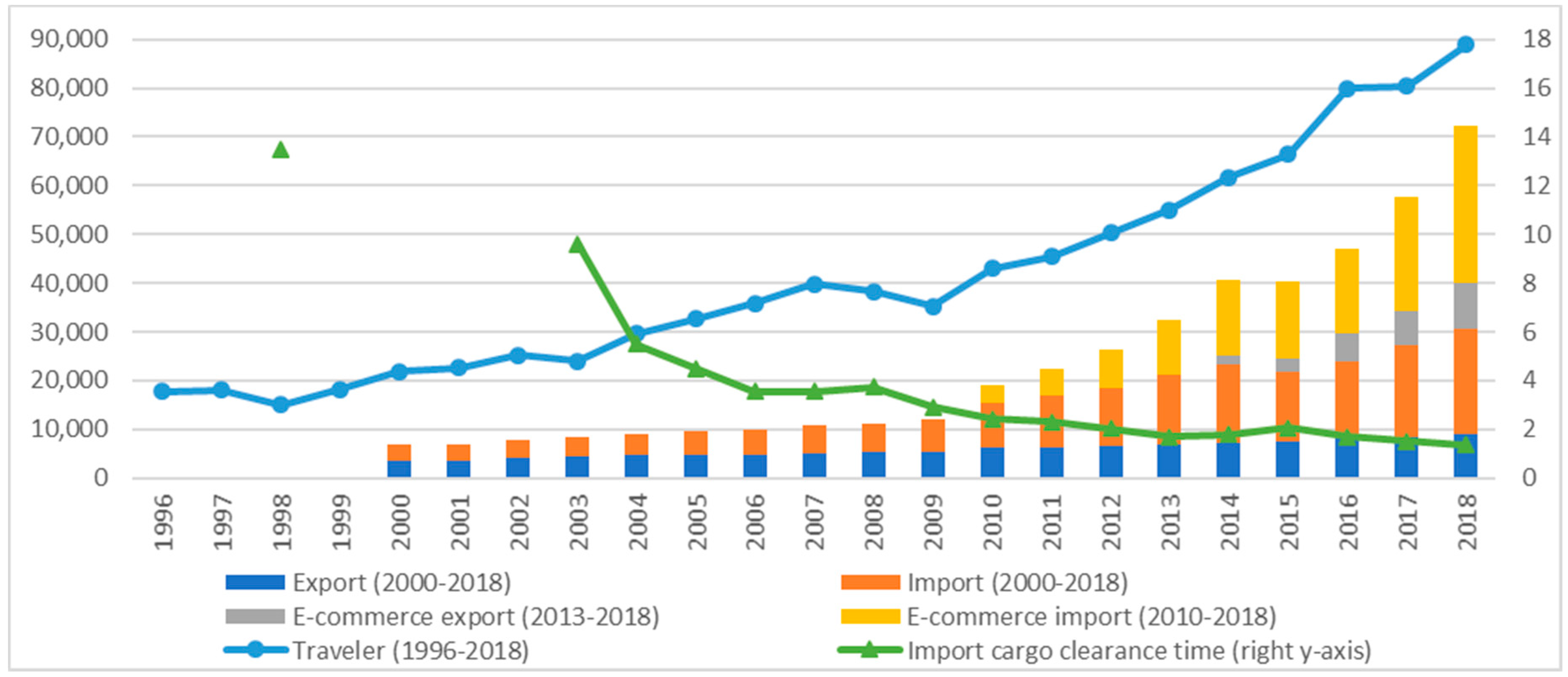
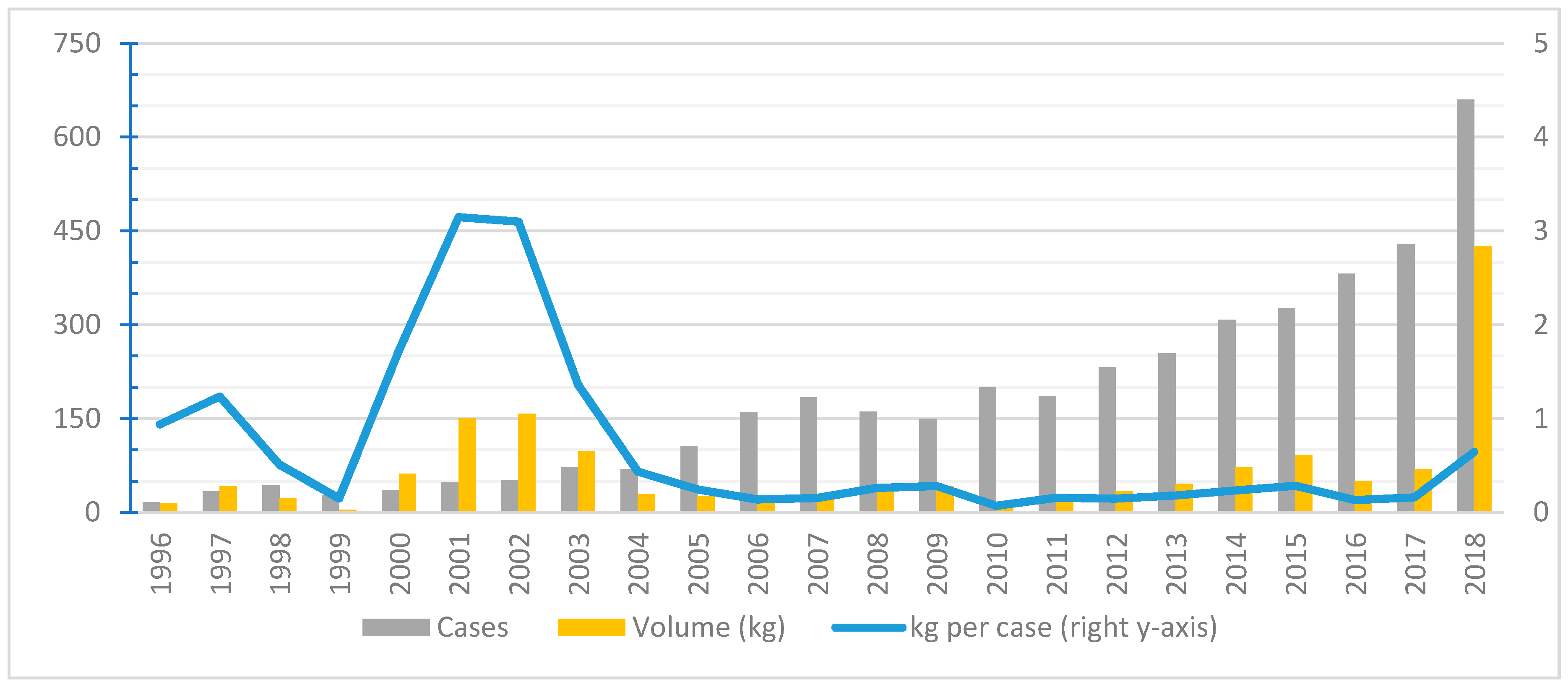
| Electronic Customs (2000–2006) | Digital Customs (2009 onwards) | |
|---|---|---|
| 1 Initiation | (Problems and opportunities): risk management framework adopted, but all documents in paper (ICT solution): Electronic processing of documents to improve efficiency and reduce cost | (Problems and opportunities): the need for improved productivity, timely communication, and enhanced interaction (ICT solution): system overhaul and adoption of the integrated digital customs system |
| 2 Adoption | Decisions made to install CDW and electronic customs systems | Decisions made to install IRM-PASS and digital customs systems |
| 3 Adaptation | CDW system installed in two stages (2001–2003); Drug investigation divisions established and drug investigation agents trained (since January 2002) | IRM-PASS installed (2009–2011) and digital customs system developed (2013–2015); CBRMC established and its staff were recruited and trained (since February 2017) |
| 4 Acceptance | The two stages of the CDW system were launched for use (August 2002, September 2003) | The digital customs system began its service (June 2016) |
| 5 Routinization | Along with the complete installation of the CDW, extensive information analysis activities were conducted to identify dangerous goods and travelers (since April 2003) | The CBRMC integrated intelligence and selectivity functions to effectively orchestrate and control risk management activities. |
| 6 Infusion | Information analysts increased to 400 and activities were expanded to all 29 customs nationwide; the introduction of the CDW led to a substantial reduction of time and effort required for data analysis | The CBRMC took full responsibility for planning and operation of risk management activities |
| 7 Intelligence | Initiation of pilot projects for further adoption of digital and data-centered technologies (e.g., big data, artificial intelligence, blockchain) |
| Electronic Customs (2000–2006) | Digital Customs (2009 onwards) | |
|---|---|---|
| Organization | (Leadership): Leaders’ willingness to take the risk and managerial support facilitated the ICT adoption process (Structure): Technology adoption led to relevant organizational changes (e.g., training and assignment of drug investigation agents and information analysis agents) but failed to establish a formal governance structure for ICT application in risk management activities | (Leadership): Leaders’ willingness to take the risk and managerial support facilitated the ICT adoption process (Structure): Technology adoption facilitated the establishment of the CBRMC which may function as a specialized and centralized control tower for ICT application in risk management activities |
| Environment | Anticipated growth of international trade and increasing drug trafficking activities | Anticipated growth of e-commerce and diversified drug trafficking activities |
| User community | User community mostly involved internal customs officers and some relevant external entities (e.g., importers, exporters, carriers, customs brokers) | New external individual users joined the experienced traditional users to expand the user community |
| Adopted technology | (Technology): CDW and electronic customs were implemented for Internet adoption and electronic processing of documents and functions. (Adoption): In the absence of a similar pre-existing system, electronic customs and CDW were developed in stages and sequentially implemented as the technology became available. | (Technology): IRM-PASS and digital customs were implemented to adopt digital technologies and data-driven innovations (Adoption): Since the digital customs introduced a completely new system to replace the existing system, its development took three years and required post-installation improvements and adjustments based on user feedback |
| Task | Information-centered ICT applications that newly provided searching functions for data analyses and risk management | Data-centered ICT applications that enhanced organizational integration and interactive real-time data management |
© 2020 by the authors. Licensee MDPI, Basel, Switzerland. This article is an open access article distributed under the terms and conditions of the Creative Commons Attribution (CC BY) license (http://creativecommons.org/licenses/by/4.0/).
Share and Cite
Kim, S.-B.; Kim, D. ICT Implementation and Its Effect on Public Organizations: The Case of Digital Customs and Risk Management in Korea. Sustainability 2020, 12, 3421. https://doi.org/10.3390/su12083421
Kim S-B, Kim D. ICT Implementation and Its Effect on Public Organizations: The Case of Digital Customs and Risk Management in Korea. Sustainability. 2020; 12(8):3421. https://doi.org/10.3390/su12083421
Chicago/Turabian StyleKim, Sung-Bou, and Dongwook Kim. 2020. "ICT Implementation and Its Effect on Public Organizations: The Case of Digital Customs and Risk Management in Korea" Sustainability 12, no. 8: 3421. https://doi.org/10.3390/su12083421
APA StyleKim, S.-B., & Kim, D. (2020). ICT Implementation and Its Effect on Public Organizations: The Case of Digital Customs and Risk Management in Korea. Sustainability, 12(8), 3421. https://doi.org/10.3390/su12083421





